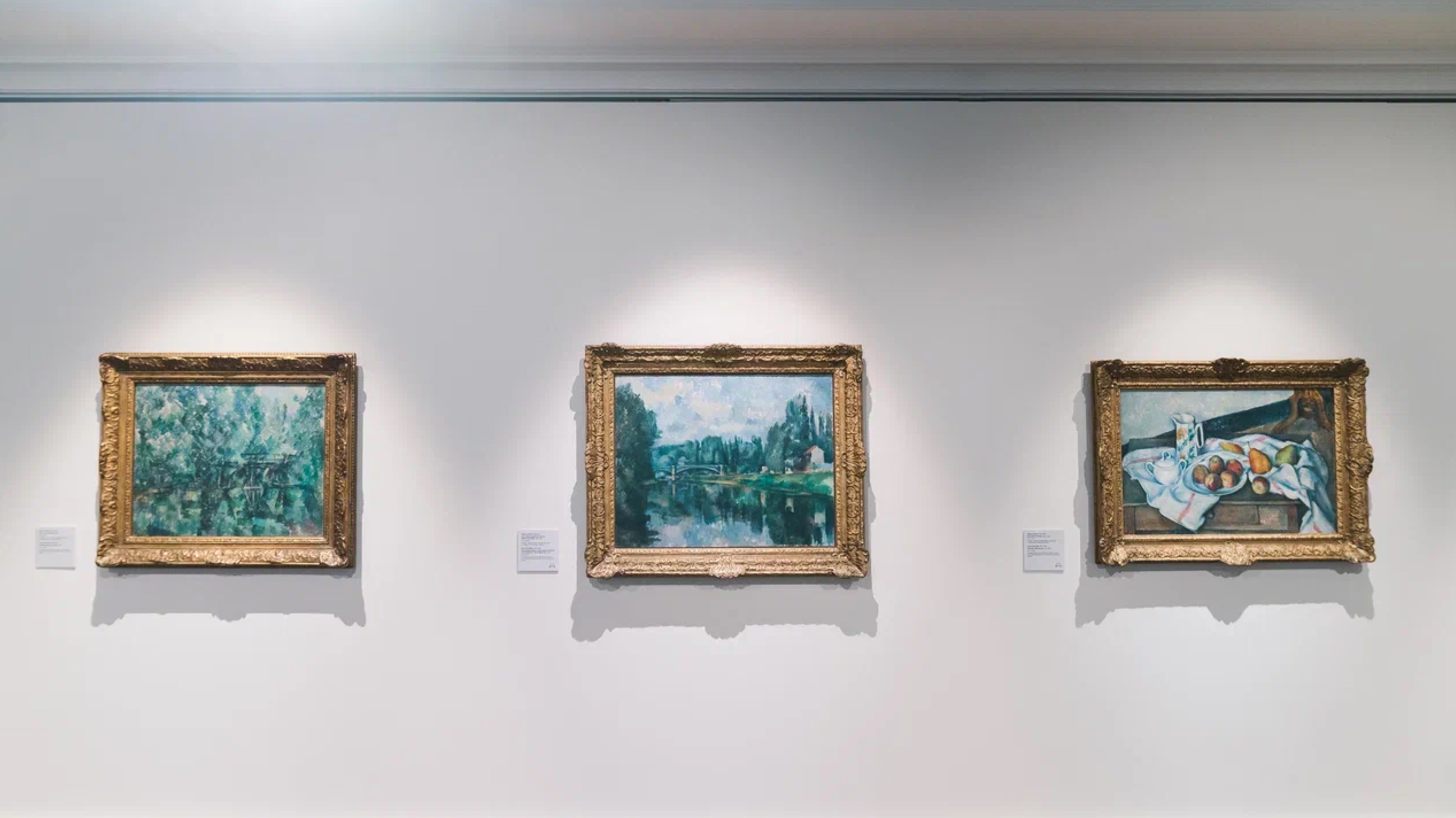- Режим работы музея в новогодние праздники и рекомендации для посетителей
- Режим работы Главного здания в период проведения фестиваля «Декабрьские вечера Святослава Рихтера»
- Перенос лекции абонемента № 14
- Особенности работы касс музея в выходные и праздничные дни
- Изменения в режиме работы залов Галереи
Режим работы музея в новогодние праздники и рекомендации для посетителей / Режим работы Главного здания в период проведения фестиваля «Декабрьские вечера Святослава Рихтера» / Перенос лекции абонемента № 14 / Особенности работы касс музея в выходные и праздничные дни / Изменения в режиме работы залов Галереи
Site versions
Large font • contrasting colors • no pictures
- 美術館の歴史
- Buildings
- Museum Quarter
- Departments
- Branches
- Administration
- Support us
- Documents
- Activity
- General Information
- Contacts
- Vacancies
- 国立A.S.プーシキン造形美術館公式サイト掲載資料および画像の使用規約
- 来場者向け
- Tickets & Privileges
- Buildings & Opening hours
- 来場者向け
- Rules & Recommendations
- Accessible Museum
- Books and souvenirs
-
注目
- Режим работы музея в новогодние праздники и рекомендации для посетителей
- Режим работы Главного здания в период проведения фестиваля «Декабрьские вечера Святослава Рихтера»
- Перенос лекции абонемента № 14
- Особенности работы касс музея в выходные и праздничные дни
- Изменения в режиме работы залов Галереи
- 美術館
- 来場者向け
- 企画展とイベント
- 所蔵品
- 媒体
- Education & Science
Large font • contrasting colors • no pictures
© 年.プーシキン名称国立美術館

